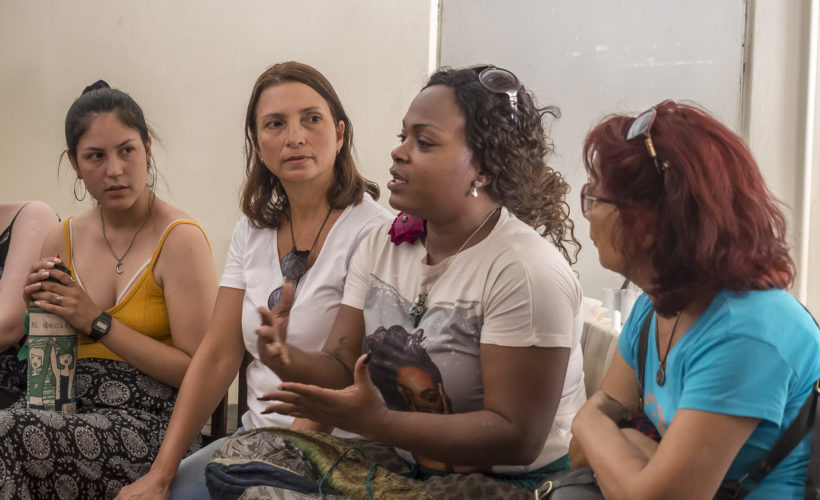Before the end of March, REHUNO Health proposes a review of the current situation of women in the (almost) post-pandemic world.
By Flavia Estevan
We will begin this article by stating that, in general, women are poorer, suffering more violence, living in worse living conditions than before the pandemic and, therefore, with their health and future compromised.
In any crisis, we know that the most vulnerable groups suffer the most and the privileged survive longer and better. In other words, “we are not all in the same boat” and this pandemic has made it very clear that a few are on luxury yachts, while a large part of the population barely has a life jacket.
In the case of women, there are all the aggravating factors of gender issues, but we also know that racial cuts (black, indigenous or immigrant women from poor countries) greatly increase inequalities and various problems.
Recently, Oxfam Brazil published the report “Inequality Kills” which shows the impact of the pandemic in a world that was already problematic, unequal and unjust. The report is packed with data and we think it is worth bringing some of it here.
Regarding the African American population in the United States, the report shows that before the pandemic, 2.1 million blacks would be alive if they had the same living conditions as whites. With the pandemic, this number rose to 3.4 million, i.e., 1.3 million black people lost their lives during the pandemic because they did not have access to the same living conditions as white people. In England, Bangladeshi people were five times more likely to die from covid-19 compared to the white British population.
In addition, poor people were four times more likely to die from covid-19 than rich people in several countries, and coronavirus mortality in poor countries was twice as high as in rich countries.
But let’s talk specifically about women….
Women worldwide lost $800 billion in income in the first year of the pandemic (2020) and an estimated 13 million women lost their jobs in 2021 compared to 2019. More than 20 million girls are at risk of never returning to school, and there was a significant increase in unpaid care work by girls and women. The wealth of 252 rich men in the world is greater than the combined wealth of all women and girls in Africa, Latin America and the Caribbean.
In addition to the increase in poverty, two other factors have impacted heavily on the lives of women and girls: the burden of domestic work and the increase in domestic violence.
Household chores during the pandemic
In an earlier 2018 report called Time to Care, Oxfam had already issued a warning: the world owes $10.8 trillion every year to girls and women doing unpaid domestic work. School closures, new work-from-home arrangements, rising unemployment, increased mental and emotional distress, service disruptions, increased care work and resource shortages have all contributed to what the Oxfam report calls an “ignored pandemic”.
Everyone has had to adapt to a range of new situations, but we know that women and girls in particular, who are largely responsible for unpaid domestic work, have had to do their best to respond to all these situations.
These inequalities generate a situation called domestic economic violence and it is estimated that 1.4 billion women lack legal protection against it.
Domestic violence
An estimated 67,000 women are killed annually; 30,000 are murdered by current or former partners and 37,000 die from female genital mutilation. The pandemic has increased domestic violence and it is estimated that for every 3 months of confinement there would be 15 million more cases of domestic violence. Although this is a situation known to government and health agencies, gender-based violence accounted for only 0.0002% of the funding for the response to the coronavirus.
The future of girls and women
When we analyse these data and think of health as the result of multiple variants such as education, housing, employment, leisure, social relations, well-being, spirituality, among others, we realise that there is an urgent need to look at these inequalities. As long as girls and women are marginalised from formal spaces such as school, university and employment, they will have less access to formal health systems and decent living conditions.
The Inequality Kills report estimates that US$42 billion could end gender-based violence in 132 priority countries by 2030 through the implementation of prevention and response programmes.
When we think about these figures, we can compare, for example, the $8 trillion spent on armaments by the United States in its “war on terror” over the past 20 years.
Are there resources to fund a war and not to defeat gender-based violence?










